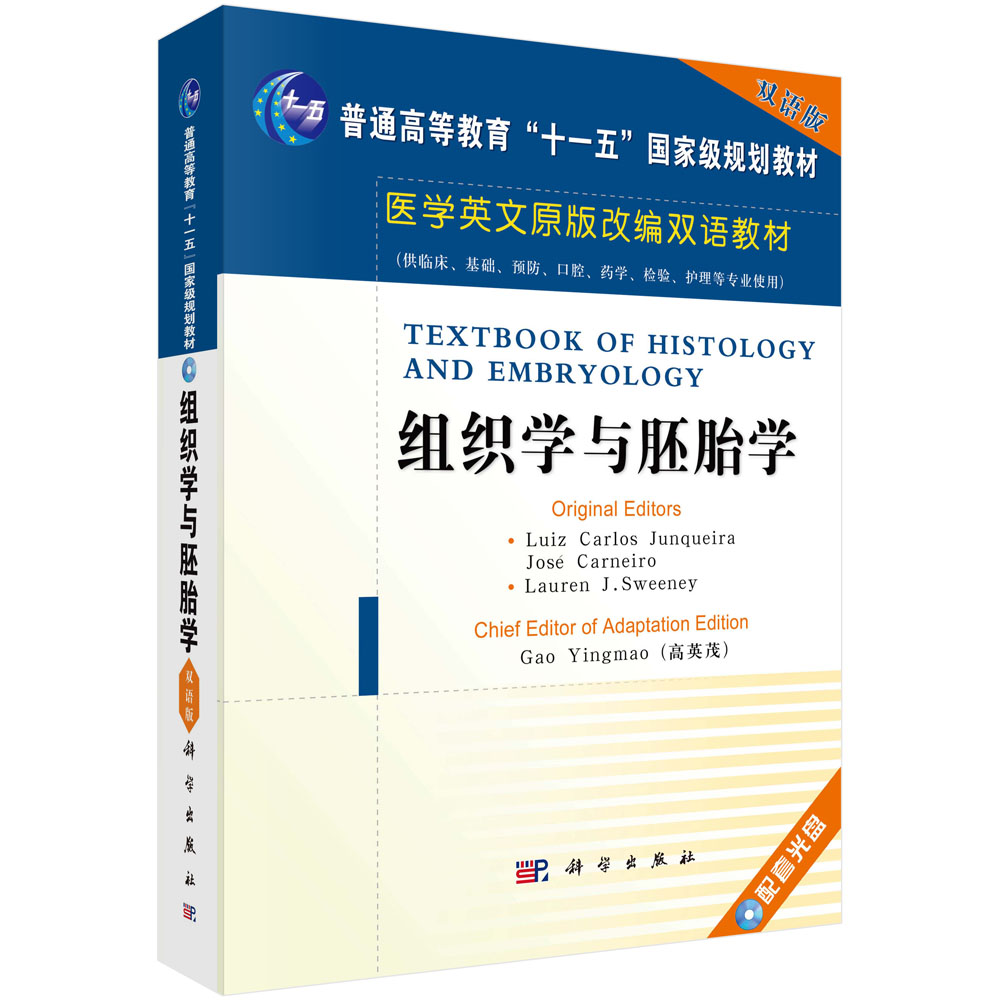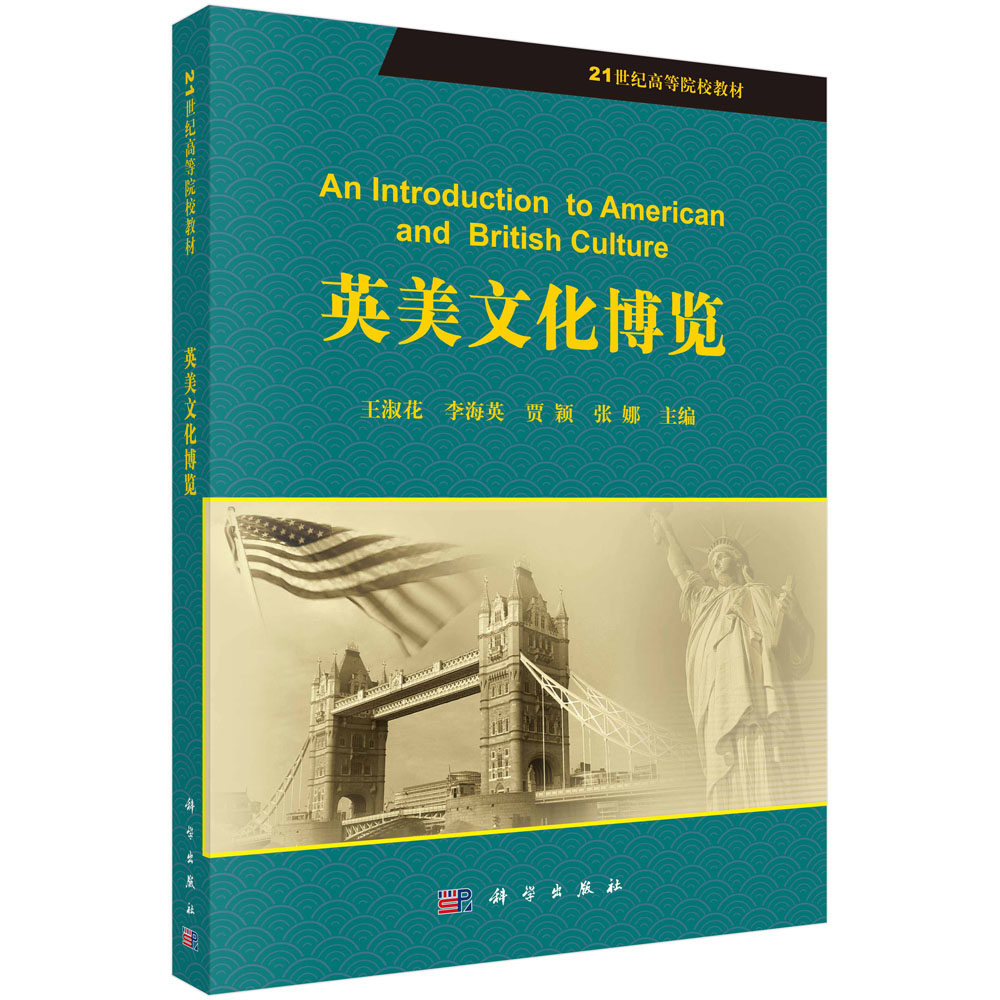本书是国外优秀教材畅销榜的上榜教材,面向大学本科生,由英国著名大学具有丰富教学经验的一流教授编写,它以一种风格独特的方式,全面、系统地概括了有机化学的核心内容和前沿动态,并以一种便于学习、利于复习的编写形式,使学生能快速、准确地掌握知识,很好地指导学习和考试。本书配有全新绘制和编写的插图与表格,非常有指导性,是其他教材无法比拟的。本书的简明和扼要也为大学教师备课提供了最好的参考。书中英文使用最为自然、易懂的语句,是提高专业外语的最佳用书。
样章试读
目录
- 目录
前言
A 结构和成键 (1)
A2 碳的原子结构 (1)
A2 共价键和杂化 (1)
A3 sp3杂化 (1)
A4 sp2杂化 (2)
A5 sp杂化 (2)
A6 键和杂化中心 (3)
B 烷烃和环烷烃 (4)
B2 定义 (4)
B2 由结构的表示 (4)
B3 命名 (4)
C 官能团 (6)
C1 官能团的定义 (6)
C2 脂肪与芳香官能回 (6)
C3 分子间作用力 (6)
C4 特性与反应 (7)
C5 含官能团化合物的命名 (7)
C6 一级、二级、三级和四级的含义 (8)
D 立体化学 (9)
D1 构造异构体 (9)
D2 构型异构体——烯短和环统煌 (9)
D3 构型异构体——光学异构体 (9)
D4 构象异构体 (10)
E 亲核试剂和亲电试剂 (11)
E1 定义 (11)
E2 带电荷反应物种 (11)
E3 中性元机反应物种 (11)
E4 有机反应物种的结构 (12)
F 反应和机理 (13)
F1 反应 (13)
F2 机理 (13)
G 酸-碱反应 (14)
Gl 布能斯特-劳里酸碱 (14)
G2 酸的强度 (14)
G3 碱的强度 (15)
G4 路易斯酸碱 (15)
G5 烯醇盐 (16)
H 烯烃和炔烃 (17)
H1 烯烃和炔烃的制备 (17)
H2 烯烃和炔烃的性质 (17)
H3 对称烯烃的亲电加成 (17)
H4 不对称烯烃的亲电加成 (18)
H5 碳正离子的稳定性 (18)
H6 烯烃的氧化和还原 (19)
H7 烯烃的硼氢化 (19)
H8 炔烃的亲电加成 (19)
H9 炔烃的还原 (20)
H10 端烃的统基化 (20)
H11 共辄二烯短 (20)
I 芳香族化合物 (21)
I1 芳香性 (21)
I2 制备与性质 (21)
I3 苯环的亲电取代 (21)
I4 单取代苯的合成 (22)
I5 单取代芳环的亲电取代 (22)
I6 二、三取代苯的合成 (23)
I7 氧化和还原 (23)
J 醛和酮 (24)
J1 制备 (24)
J2 性质 (24)
J3 亲核加成概述 (25)
J4 亲核加成——带电荷的亲核试剂 (25)
J5 电子效应和立体效应 (26)
J6 亲核加成——氮亲核试剂 (26)
J7 亲核加成——氧和硫亲核试剂 (26)
J8 烯醇负离子的反应 (27)
J9 a-卤代 (27)
J10 还原和氧化 (28)
J11 α,β-不饱和醛酮 (28)
K 竣酸及其衍生物 (29)
K1 结构和性质 (29)
K2 亲核取代 (29)
K3 反应活性 (30)
K4 竣酸的制备 (30)
K5 竣酸衍生物的制备 (31)
K6 反应 (31)
K7 烯醇负离子的反应 (32)
L 卤代烷 (33)
L1 卤代烷的制备和物理性质 (33)
L2 亲核取代 (33)
L3 SN2和SN1反应的影响因素 (34)
L4 消除反应 (35)
L5 消除反应和取代反应的竞争 (35)
L6 卤代烷的反应 (36)
L7 金属有机化合物的反应 (36)
M 酶、酚和硫醇 (37)
Ml 醇的制备 (37)
M2 酚的制备 (37)
M3 醇和酚的性质 (37)
M4 醇的反应 (38)
M5 酚的反应 (39)
M6 硫醇化学 (39)
N 醚、环氧化物和硫醚 (40)
Nl 醚、环氧化物和硫醚的制备 (40)
N2 醚、环氧化物和硫醚的性质 (40)
N3 醚、环氧化物和硫醚的反应 (41)
O 胺和腈 (42)
O1 胺的制备 (42)
O2 胺的性质 (42)
O3 胺的反应 (43)
O4 腈的化学 (44)
P 有机化合物的谱图及分析 (45)
P1 谱图 (45)
P2 可见和紫外光谱 (45)
P3 红外光谱 (45)
P4 核磁共振氢谱 (46)
P5 核磁共振碳谱 (47)
P6 质谱 (48)
补充读物 (347)
索引 (349)
CONTENTS
Preface
Section A - Structure and bonding 1
A1 Atomic structure of carbon 1
A2 Covalent bonding and hybridization 3
A3 sp3 Hybridization 5
A4 sp2 Hybridization 8
A5 sp Hybridization 14
A6 Bonds and hybridized centers 17
Section B - Alkanes and cycloalkanes 19
B1 Definition 19
B2 Drawing structures 20
B3 Nomenclature 22
Section C - Functional groups 27
C1 Recognition of functional groups 27
C2 Aliphatic and aromatic functional groups 29
C3 Intermolecular bonding 30
C4 Properties and reactions 33
C5 Nomenclature of compounds with functional groups 35
C6 Primary, secondary, tertiary and quaternary nomenclature 43
Section D – Stereochemistry 45
D1 Constitutional isomers 45
D2 Configurational isomers - alkenes and cycloalkanes 46
D3 Configurational isomers - optical isomers 49
D4 Conformational isomers 56
Section E - Nucleophiles and electrophiles 63
E1 Definition 63
E2 Charged species 64
E3 Neutral inorganic species 66
E4 Organic structures 69
Section F - Reactions and mechanisms 73
F1 Reactions 73
F2 Mechanisms 75
Section G - Acid-base reactions 79
G1 Brznsted-Lowry acids and bases 79
G2 Acid strength 82
G3 Base strength 88
G4 Lewis acids and bases 94
G5 Enolates 95
Section H - Alkenes and alkynes 99
H1 Preparation of alkenes and alkynes 99
H2 Properties of alkenes and alkynes 101
H3 Electrophilic addition to symmetrical alkenes 105
H4 Electrophilic addition to unsymmetrical alkenes 112
H5 Carbocation stabilization 115
H6 Reduction and oxidation of alkenes 117
H7 Hydroboration of alkenes 121
H8 Electrophilic additions to alkynes 124
H9 Reduction of alkynes 127
H10 Alkylation of terminal alkynes 129
H11 Conjugated dienes 131
Section I - Aromatic chemistry 135
11 Aromaticity 135
12 Preparation and properties 137
13 Electrophilic substitutions of benzene 139
14 Synthesis of mono-substituted benzenes 147
15 Electrophilic substitutions of mono-substituted aromatic rings 150
16 Synthesis of di- and tri-substituted benzenes 160
17 Oxidation and reduction 164
Section J - Aldehydes and ketones 167
J1 Preparation 167
J2 Properties 169
J3 Nucleophilic addition 173
J4 Nucleophilic addition - charged nucleophiles 175
J5 Electronic and steric effects 181
J6 Nucleophilic addition - nitrogen nucleophiles 184
J7 Nucleophilic addition - oxygen and sulfur nucleophiles 187
J8 Reactions of enolate ions 191
J9 a-Halogenation 198
J10 Reduction and oxidation 200
J11 α,β-Unsaturated aldehydes and ketones 202
Section K - Carboxylic acids and carboxylic acid derivatives 205
K1 Structure and properties 205
K2 Nucleophilic substitution 209
K3 Reactivity 213
K4 Preparations of carboxylic acids 217
K5 Preparations of carboxylic acid derivatives 219
K6 Reactions 224
K7 Enolate reactions 234
Section L - Alkyl halides 239
L1 Preparation and physical properties of alkyl halides 239
L2 Nucleophilic substitution 242
L3 Factors affecting SN2 versus SNl reactions 247
L4 Elimination 252
L5 Elimination versus substitution 256
L6 Reactions of alkyl halides 258
L7 Organometallic reactions 261
Section M - Alcohols, phenols, and thiols 263
M1 Preparation of alcohols 263
M2 Preparation of phenols 264
M3 Properties of alcohols and phenols 266
M4 Reactions of alcohols 270
M5 Reactions of phenols 277
M6 Chemistry of thiols 281
Section N - Ethers, epoxides, and thioethers 283
N1 Preparation of ethers, epoxides, and thioethers 283
N2 Properties of ethers, epoxides, and thioethers 286
N3 Reactions of ethers, epoxides, and thioethers 289
Section O - Amines and nitriles 295
01 Preparation of amines 295
02 Properties of amines 299
03 Reactions of amines 305
04 Chemistry of nitriles 311
Section P - Organic spectroscopy and analysis 315
P1 Spectroscopy 315
P2 Visible and ultra violet spectroscopy 317
P3 Infra-red spectroscopy 322
P4 Proton nuclear magnetic resonance spectroscopy 324
P5 13C nuclear magnetic resonance spectroscopy 339
P6 Mass spectroscopy 342
Further reading 347
Index 349





























